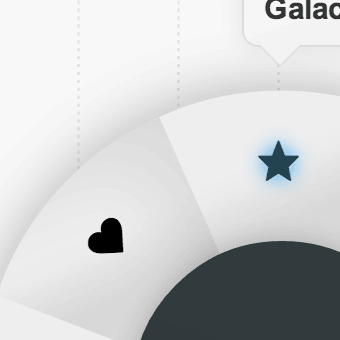
Web designers and content creators don’t always see eye to eye. Either designers have a problem with he content that is being provided or content creators can’t seem to get with the layout and want designers to change them all together on the whim.
There is a way to work through these rifts according to Ashley Taylor Anderson of Business 2 Community. Anderson says that she has seen these problems arise first hand where marketers and designers get started on the right foot but end up butting heads later on in the creative process.
“Marketers care about what’s being communicated to clients and prospects. Designers care about making that content look great and easy to navigate,” said Anderson.
“Both groups of people care deeply about the end user experience. So why do big scary chasms form between us when we’re trying to achieve the same goals?”
While she admits that there are probably hundreds of reasons that creates rifts, the four big ones she’s seen most often are, working in silos, changing scope or vision, ineffective communication and disregarding vocational expertise.
“I’ve found that for the best results, design and authoring should happen in tandem. But all too often, design works on wireframes and comps in isolation, with no clear idea what the content will be,” said Anderson when it came to the problem with working in silos.
Changing the scope or vision isn’t really an efficient move and when designers have their ideas scrapped only to be told to recreate a new one, it can be both frustrating and annoying according to Anderson. She also said that if content creators say they simply don’t like something, it’s not enough direction for designers and it can also be a bit insulting. Meanwhile, designers need to be held accountable for taking the content that they are working with into consideration when creating their page.
Anderson has highlighted quick and easy ways for both designers and content creators to get on the right page with each other and the major ones are communication and honing in on the shared goals of the project.
For a full rundown on how to bridge the gap, read the full story.


